What’s a zoo to you?
“Zoo” was one of the first words I learned to say, and the local zoo was my favorite place to visit as a child. I can’t be sure that it was that experience which led me to decide, at an early age, to pursue a career in conservation but I suspect that my mesmerizing encounters with captive wildlife, through barely-noticed bars or wire, had a lot to do with it. I have a pretty poor long-term memory, but those feelings remain vivid. And yet that zoo, which recently closed down due to financial woes, was a far cry from the modern concept of a zoo.

My own experiences, and my observations of others’, demonstrate that zoos can leave a strong impression — especially on children. It is no accident that zoos are typically located in cities, where they are most easily accessed by the world’s majority-urban population. Zoos attract an estimated 150 million people per year in the USA alone. These days kids have plenty of other things competing for their attention (and their pocket money), but zoos do continue to attract, adding modern and technological innovations to enhance that competitiveness. These innovations are added to the undeniable uniqueness of the live wild animal experience.
Zoos typically celebrate exotic nature — in fact “the more exotic, the better” seems still to be the general view. Efforts are made to give the impression that exhibits are worlds of their own, transporting audiences’ imaginations away from the city surrounding them. Nevertheless, the fact is that zoos allow people to experience nature without leaving the city. They may or may not play a role in affecting perceptions of urban nature in particular, but I can attest from personal experience that they have the potential to do so after visits to the local snake park piqued my interest in local reptile species (the only ones to which I had access outside the snake park).
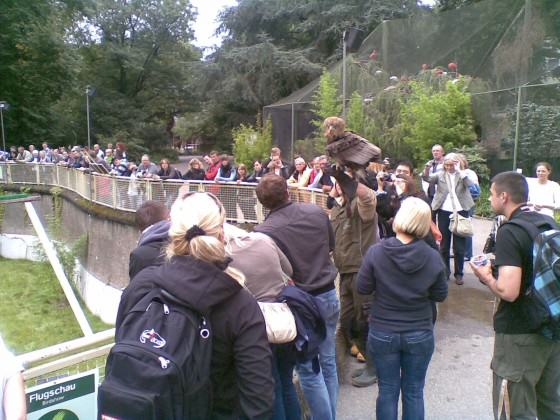
To me, the two most important functions served by nature in the city (whether in the form of adaptive “free-range” urban species or captive zoo animals) are to increase awareness about nature so that its plight might be supported; and to enhance the lives of city dwellers. I would argue that zoos fulfill both roles remarkably well, and that the lower frequency with which they are visited, relative to city parks for example, is compensated for by the intensity of those experiences.
Having said that, I am also a great advocate of zoos that focus on native species and their ecosystems, and I hope to one day see, or hear about, an urban exhibit that truly links zoos with the cities that surround them. Neither would such an innovation need to be limited to rats and pigeons, as readers of this forum are well aware. While we wait for (or act upon) that possibility, it is good to note that zoos have come a long way, over a long span of time, and continue to evolve.
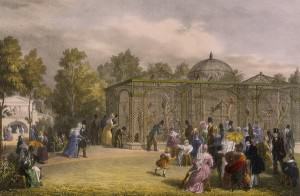
A brief history of zoos
The oldest known approximation of a zoo was uncovered as recently as 2009, but dates back to 3500 BC Egypt. This, apparently private, menagerie included hippos, elephants and baboons among 112 animals in total. The first evidence of a more typical zoo came much later, in the 1200s, when Henry III of England displayed animals, given to him as gifts, to the public. This tradition continued over the centuries and, during the 18th century, the price of admission to see the king’s animals could be substituted by supplying animals to feed to them. The explosive growth of London in the 1800s led to an increased appetite for public entertainment. There was a concurrent increase in public interest in natural history as explorers brought back a seemingly inexhaustible supply of exotic creatures from far-flung corners of the colonial world, Together, these factors led to the founding of the first modern zoos. The Zoological Society of London was founded in 1826 and as an extension of it, the London Zoo — the world’s first scientific zoo — opened to the public in 1847. With a series of ground-breaking attractions such as the first live hippopotamus to be seen in Europe and the first elephant (the illustrious Jumbo) to be seen live in England, it became extremely popular with London’s burgeoning population. In 1907, another landmark was reached in the evolution of zoos when Carl Hagenbeck founded the Tierpark Hagenbeck in Hamburg. His zoo was the first without bars, instead using moats to keep animals from escaping and thereby creating a more natural feel for visitors. This also helped to approximate the natural habitat of the animals exhibited.
The history of zoos was, however, not one of unidirectional progress. Even with these advances, conditions for animals were notoriously miserable, and little attention was paid to their welfare. Nor were animals the only ones affected by these methods. As recently as 1906 the Bronx Zoo in New York (the current motto of which is “connecting people to wild nature”) included in their primate exhibit a young Congolese pygmy tribesman named Ota Benga, supposedly to illustrate the differences between people of European and non-European origin and illustrate the theory of evolution. It triggered protests — not from human rights activists but from the city’s clergymen, whose aim was to debunk the theory rather than the inhumanity of the exhibit. Various peoples of France’s empire were also displayed during the 1931 Paris Colonial Exposition, and as late as 1958 a “Congolese village” display featured at Expo ’58 in Brussels.
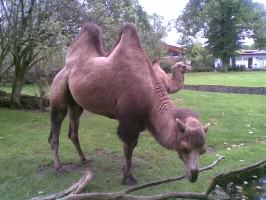
A more enlightened era
With a growing public awareness of environmental issues in the 1970s, certain pioneers began to consider conservation as the central role of zoos. Among these were Gerald Durrell, who established the Jersey Zoo in the Channel Islands. Durrell was the closest I had to a childhood hero, and his reputation and work were magnified through a series of well-written books that are, today, still popular around the world. Durrell and a gradually increasing cohort of like-minded contemporaries began changing perceptions of the role of zoos. Along the major advances included the Association of Zoos and Aquariums (AZA) making conservation its stated highest priority. In parallel and likely related to this shift, many zoos also stopped having animals perform tricks for visitors.
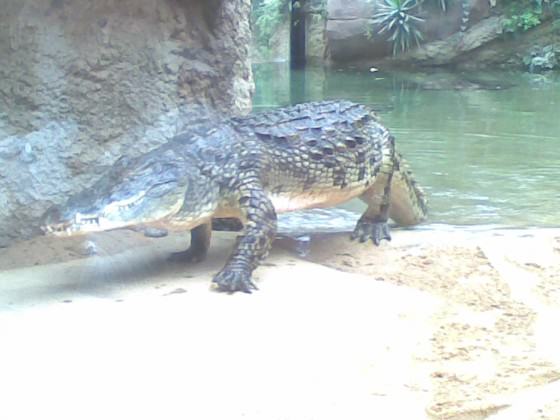
Leading zoos are now also employing ever-more innovative, high-tech exhibits. One of the greatest challenges in a zoo I took part in establishing in the United Arab Emirates was the design and construction of a tidal mangrove tank, but the result is visually arresting. At a much larger scale, in May 2014 Indianapolis Zoo is due to launch a multimillion-dollar project enabling orangutans to travel on an overhead cable system above the zoo completely unconstrained by cages or walls. Zoos around the world have taken to erecting non-obtrusive video cameras in cages so that animal fans can keep track of their favorite species between visits.
Sadly, however, even nowadays many zoos remain woefully indifferent towards either animal welfare or conservation. This, as well as some proportion of sub-optimal exhibits in even the most advanced zoos, and memories of zoos of decades past, keeps the anti-zoo lobby strong. Neither does it help that the stated primary aim of many zoos — conservation for the sake of reintroduction, is often difficult to prove or to justify in the case of most of the species in their care. While it is true that zoos are achieving increasing success in terms of rescuing species from the brink of destruction, the value in preserving and breeding them is limited if the habitat they rely upon continues to diminish, or if other threats, like poaching, persist.
Indeed, that may not be where the greatest potential of zoos lies.
Zoos and perceptions of nature
Zoos have another justification for their existence, which was introduced at in the beginning of this piece: a unique opportunity to communicate an appreciation of nature to their visitors, in disproportionately powerful and impactful ways. Recent studies in the field of conservation psychology indicate that a physical separation from nature, as epitomized by cities, leads to a psychological separation from nature. This means people who are less exposed to nature care less about it and are less likely, for example, to vote green. Nature in cities is critical here, in all its forms, including zoos. A three-year study involving 5,500 visitors to twelve AZA-accredited zoos and aquariums found that visits prompt individuals to reconsider their role in conservation action, and to see themselves as part of the solution; and that they believe they experience a stronger connection to nature as a result of their visit. It also has implications for human health: numerous studies in eco-psychology (as distinguished from conservation psychology) have shown that we need a dose of nature for optimal health. Zoos provide some of this medicine by bringing wild nature to the city.
A final word on zoos relates to our role. Just as zoos can affect the public’s views, so can the public affect the views of zoos. A more informed public will support the good work that zoos are doing and discourage the bad. It’s therefore easy to see the importance of a zoo being in sync with the conservation goals of its host city. The more zoos can involve their local communities (for example by providing discounts to locals or school groups; or partnering with local government, NGOPs, botanical gardens and others in city-wide awareness-raising initiatives), the greater their potential effect on those communities. Pay your local zoo a visit if you haven’t done so for a while. See whether or how it’s changed; note what innovative approaches are taken to educating and entertaining the public; watch the way people interact with these surroundings. I’d be interested to hear any of your thoughts before or after that visit.
Andre Mader
Montreal

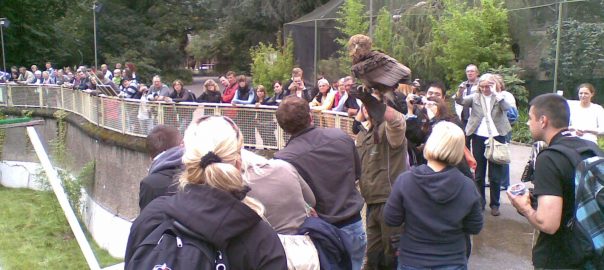






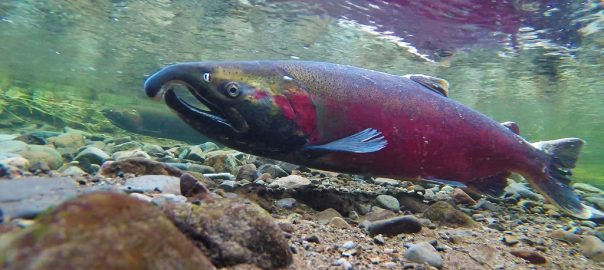
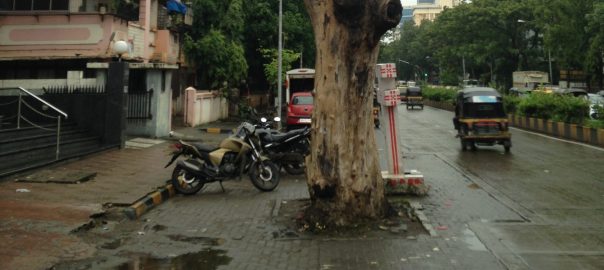
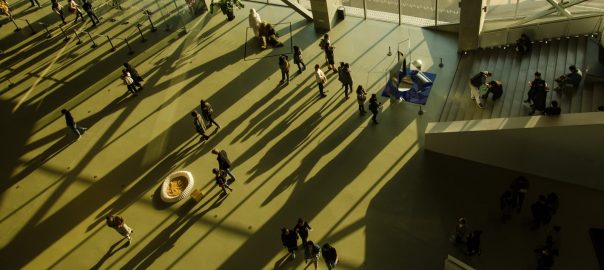
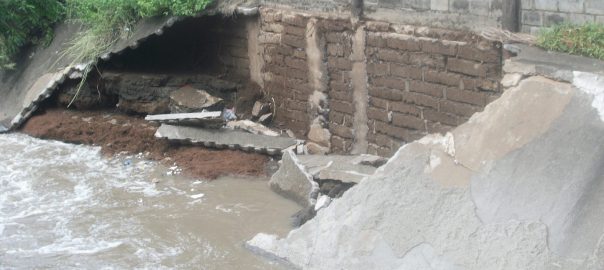
hello Andre,
my name is zahra, and im a student of architecture. i read your article and it answered many of my questions regarding zoos.
i am currently working on my thesis which i decided to do on ‘URBAN ZOOS’ the city i live in ‘lahore’ in PAKISTAN has ONE ZOO currently and it is in a very bad condition. my idea is to redesign the zoo in a way that the comfort zone of the animals is maintained and it acts as an educational, recreational area for the people, where people can come and experience nature and get educated rather than being entertained VISUALLY ONLY. i was also thinking of designing spaces where the human and animals can interact.
th problem im facing is that the area of the zoo is very small i.e 25 acres, which makes it impossible for me to increase the spaces of each animal and thus i will have to create some sort of barrier between each animal and between humans and animals. i am against the concept of CAGING ANIMALS in a small space but with limited space, i am not able to set them free.
my other question is, why are zoos important? i mean you did explain he importance of zoos very well but then are zoos better than ‘safari parks’? why is there a need of zoo in the center of the city ?
waiting for your reply. thankyou
I posted the question of “why are there zoos in cities ” because it has become more and more evident to me that in the case of a natural disaster, not only are the animals at risk, but the population would be as well.
Dear Karina Morales:
hanks very much for yur comment. Good zoos have evolved in the last decades. Currenty, they are considered to be biodiversity conservation centers. Apart from recreation, they have specific objectives of education, scientific research and conservation. Many wild species exist thanks to the breeding cooperative programs in which many zoos have participated to manage genetically and demographically small populations. Important knowledge has been gathered of the biology of different species due to the work tha has been developed by zoos. For many people that live in urban environments, zoos represent their first and most immediate contact with biodivesity. By visiting zoos, people learn about wild species, and about the importance of conserving them. Although captive managment should never replace in situ conservation, we need to be very realistic about the future of some species in the wild. Habitats ae shrinking and many human related factors have affected thir populaions and habitats. Unfortunaely, not all species would be conserve in their natural environments. But we should try to bring them back to the wild though ex situ conservation. Certainly, not all zos have this mission in practice. We still need to work very much to improve the conditions of animals in bad , low resorces zoos. This has ben considered a priority worldwide. Please let me know if you are interested in receiving more information. Thanks very much Andre for giving me he opportunity to comment on your very well documented and clear article.
Hi Karina. Thank you for your comment. I made the decision , when writing the article, to focus on the potential of zoos and the positive advances that many of them have made from the situation you describe. However, when I said “even nowadays many zoos remain woefully indifferent towards either animal welfare or conservation”, it was precisely the kind of zoo that you point out, that I was thinking of. My final paragraph tried partly to look at ways of nudging bad zoos in a better direction – the direction some are taking but many, especially in certain pats of the works, are not. That could make a worthwhile article itself, although it might deviate a little from the TNoC debate. There are associations like WAZA and AZA which are, among other things, providing guidelines and standards for member zoos to abide by. But the majority of the world’s zoos are not yet members. As with so many other things that we want to change in the world, it is partly up to we, the citizens, to bring about these changes. If ever you visit such a zoo again I would suggest taking my strategy and make it clear, to the most senior person possible, and in the most practical and objective terms possible, that their approach is regressive and increasingly seen as such by the global public at large.
I will ask a colleague of mine, ex-director of the zoos of Mexico City, if he would care to comment further – I hope you will be able to return to the page to see his comment if he has time to offer one.
I visited at the end of the summer a big Zoo in Asia, and after that long journey some questions came to my mind. How does the zoos obtain the animals? who controls their ways to get animals and the life quality they give them?
This specific zoo has some animals from my country and my region that are in danger of extinction, we have in my country some programs to protect them, but in that zoo those big birds were in a very bad condition. I took some pictures and presented a complaint to the Zoo.
After reading the website of that zoo, I understood the point, its objective is recreation. What was the message I was giving to my child? Animals in cages and in captivity is fun!?
After that sad experience I realize that maybe my little child could receive a wrong message in a Zoo. I prefer my child to grow up respecting the nature. I am teaching him that we, the human beings, are the guardians of Earth.